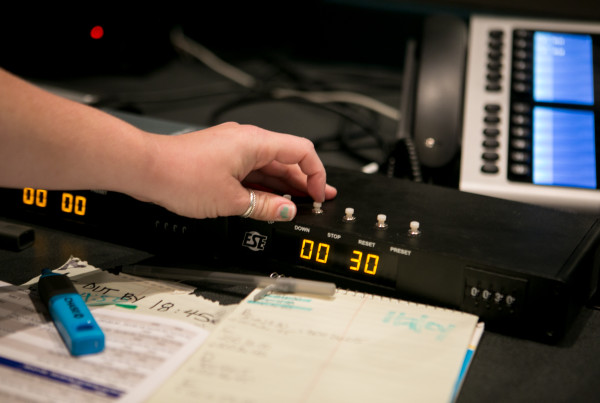The headlines about newly-released Texas SAT scores are pretty bleak. “Texas SAT scores lowest in decades” reads one and “SAT score in Texas plummet…” begins another.
But it’s the other part of that second headline that gives education advocates across the state a lot of hope – “more students take exam.”
From KERA North Texas, Stella Chavez takes a closer look at the numbers.
Last week, The College Board released the latest batch of SAT scores for high school students – and they’re down nationwide. They’re even worse in Texas. In fact, the Texas scores are the lowest they’ve been in more than two decades and they’re below the national average. As part of the American Graduate experience, which tracks the journey from childhood to graduation, KERA digs into the results.
The good news: more Texas high school students are taking the SAT. The bad news: their scores are dipping. State-wide averages were down last year from the previous year — down six points in reading, down 9 points in math and down 7 points in writing. The average score in math last school year was 486. A perfect score is 800.
“Testing experts tell us that the more test-takers you have, the lower your scores will be because you’re getting a wider array of academic abilities in the testing mix” says Debbie Ratcliffe, a spokeswoman for the Texas Education Agency.
She says, this past school year, the number of test takers in Texas jumped by nearly 15,000 students or more than 9 percent.
The increase is fueled by minorities, kids whose first language isn’t English and low-income students.
Another factor: more than two dozen school districts – including Dallas and Fort Worth — administered the test to all juniors and seniors. That means not all of those students are college bound.
“Something is happening at the high school level where we’re just not making the kind of progress we need both in Texas and across the country,” Ratcliffe says.
The drop in the test scores comes as Texas high school students are no longer required to take Algebra II.
Ratcliffe says students who take more classes in reading, English, science and math, tend to be better prepared on college admissions tests.
Texas education officials, however, do see a bright spot in the growing number of test takers.
“We’d rather have more kids try to go to college than have a smaller pool and earn higher scores,” Ratcliffe says.
Cyndie Schmeiser, the College Board’s Chief of Assessment, says more can be done across the country. For example, the SAT is being redesigned and the addition of free test practice for students. Critics, however, aren’t convinced this will help.
“The SAT scores are another strong piece of evidence that the nation’s 10-year experiment with test-driven education in our public schools has been a failure,” says Bob Schaeffer, public education director for the National Center for Fair and Open Testing, which opposes tests like college entrance exams.
Schaeffer notes that hundreds of colleges either don’t require the SAT or it’s not a major factor in the admission process. So he proposes coming up with a different way of assessing students.
“That means looking primarily at the work that students do, the papers they write, the teacher-made quizzes that they take, their midterms, finals, projects, performances, science experiments, etc.,” he says.
More higher stakes testing, Schaeffer says, won’t magically transform education.















